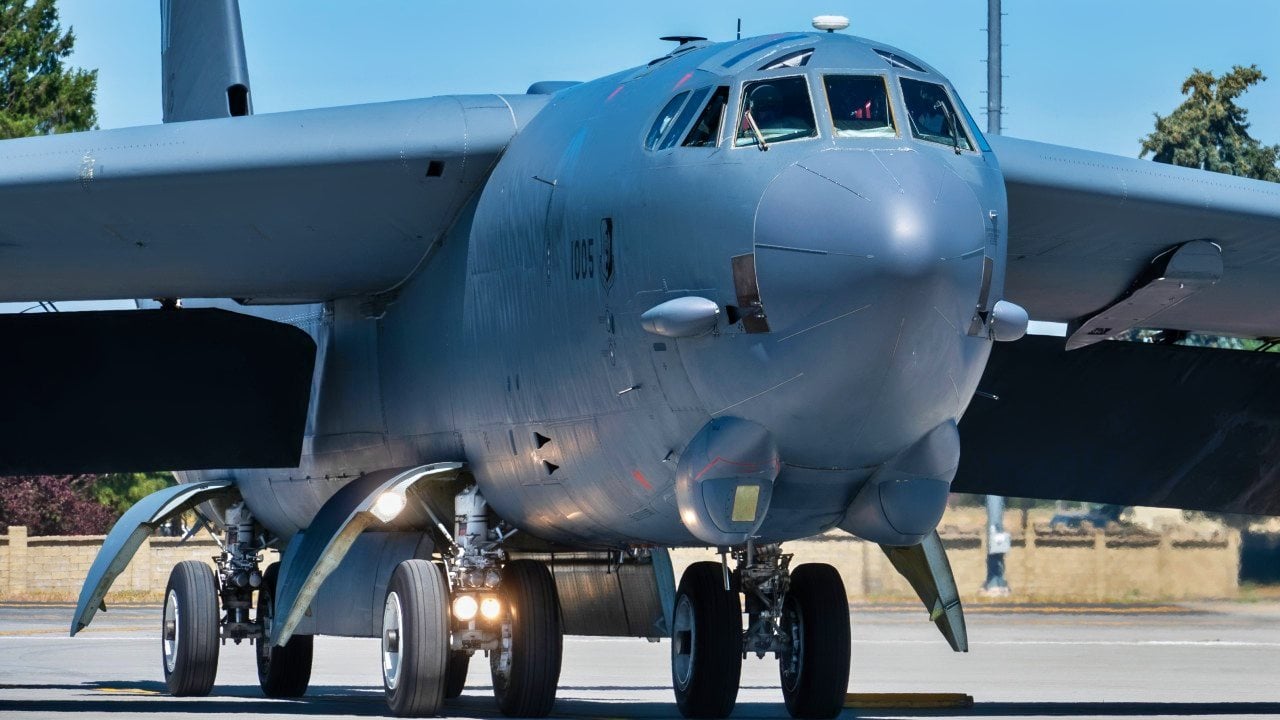U.S. Air Force Reshapes Bomber Strategy with B-21 Raider and B-52 Fleet
The U.S. Air Force has established the 20th and 96th Bomber Generation Squadrons under the 2nd Bomb Wing to enhance operational flexibility against near-peer adversaries like China and Russia.
Summary and Key Points: The U.S. Air Force has established the 20th and 96th Bomber Generation Squadrons under the 2nd Bomb Wing to enhance operational flexibility against near-peer adversaries like China and Russia.
-These new units will decentralize maintenance and mission support, allowing bombers to deploy and operate independently without relying on static bases.
-This reorganization is designed to improve agility and adaptability in contested environments where air superiority cannot be assumed.
-The move aligns with the Air Force’s broader strategic shift as it prepares for the future, including the integration of the next-generation B-21 Raider and continued use of the B-52 Stratofortress.
New Bomber Squadrons Poised to Boost U.S. Air Power Against China and Russia
The U.S. Air Force has created two new bomber squadrons to match the challenges of the modern battlefield.
The new bomber squadrons seek to distribute forces and create warfighting units that can operate independently against a near-peer adversary like China or Russia.
The Air Force’s New Bomber Squadrons
In August, the Air Force established the 20th and 96th Bomber Generation Squadrons under the 2nd Bomb Wing, while it deactivated the 2nd Aircraft Maintenance Squadron (AMXS).
The new concept aims to take traditional bomber maintenance squadrons and create mission-specific generation units.
“The current threat environment necessitates a shift away from static sanctuary bases where we typically concentrate large numbers of maintenance and munitions personnel,” Air Force Major Ian Rohde, the former commander of the 2nd AMXS, said in a press release. “The future requires us to reorganize aircraft maintenance units into bomber generation squadrons.”
Force generation is an important aspect of warfighting. One can have the best and latest weapon systems out there, but if you can’t sustain them in the fight and keep sending them out, then their utility diminishes. That is particularly important in air operations, where aircraft require substantial and regular maintenance.
“Bomber Generation Squadrons will provide several critical capabilities to combatant commanders. We will be able to cultivate leadership skills much earlier in service members’ careers. Our mission generation teams will operate under delegated mission command authorities, making our forces more agile, streamlined, and responsive, without relying on traditional maintenance group structures,” added.

At its core, the new bomber unit concept will facilitate more flexible deployments of bombers and maintenance personnel in various theaters around the world.
“Future conflicts will be highly contested, and we can no longer take air superiority for granted,” Air Force General Thomas Bussiere, Commander of Air Force Global Strike Command. “This new capability will equip our units to function independently without the need for extensive command hierarchies while providing us greater flexibility in positioning our bombers. I firmly believe this will be a crucial factor in future warfare scenarios.”
Not As Sexy, but Still Important
Although strategic bombers aren’t as sexy as fighter jets, they are one of the most important air assets in a conflict, especially a large-scale one.
Currently, the U.S. Air Force flies the B-1 Lancer, B-2 Spirit, and B-52 Stratofortress strategic bombers. The B-2 Spirit and B-52 Stratofortresses can carry both conventional and nuclear weapons, while the B-1 Lancer, which can carry 75,000 pounds of munitions and has the largest capacity, now only carries conventional munitions.
But, the Air Force is undergoing major changes. Soon, the B-1 Lancer and B-2 Spirit will be gone, and the B-21 Raider stealth bomber will enter service in their stead. In the future, the Air Force envisions a fleet of B-21 and B-52 strategic bombers that would be able to take on any task from deep penetration runs to bombing missions in an environment of air superiority.
About the Author
Stavros Atlamazoglou is a seasoned defense journalist specializing in special operations and a Hellenic Army veteran (national service with the 575th Marine Battalion and Army HQ). He holds a BA from the Johns Hopkins University and an MA from the Johns Hopkins’ School of Advanced International Studies (SAIS). His work has been featured in Business Insider, Sandboxx, and SOFREP.
Image Credit: Creative Commons and/or Shutterstock.


